Virtual Reality is Coming to a Classroom Near You
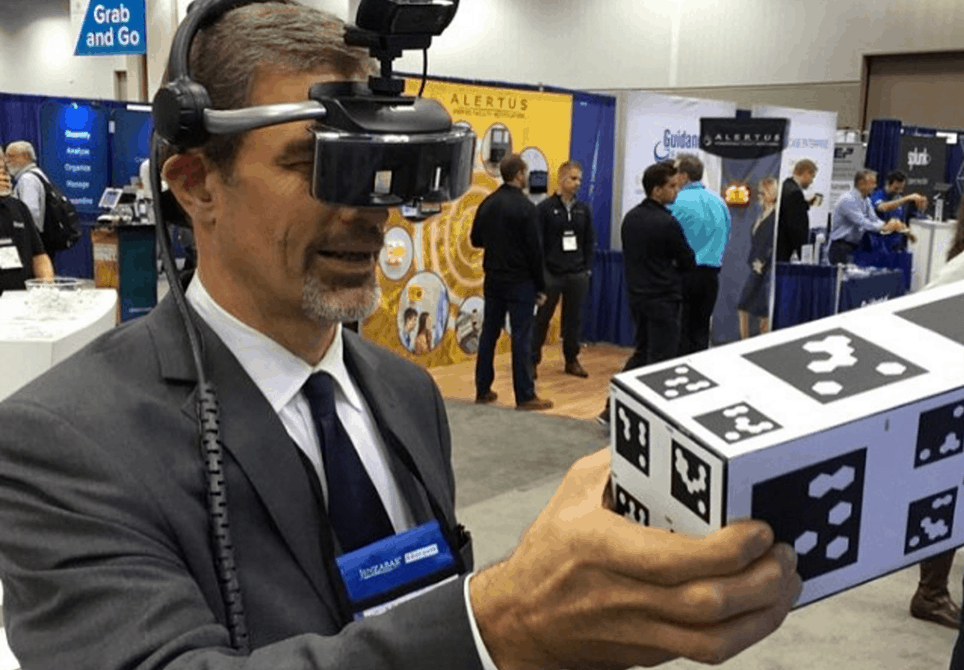
Michael Bodekaer
This will be the year when virtual reality begins to change teaching and learning. Forecasters are estimating that the combined augmented reality (AR) and virtual reality (VR) industries could be as big as $150 billion in 2020 with 25 million VR users by 2018.
Even more, in first six months of the year most of the VR headsets in development from the likes of Facebook, Samsung, and Valve/HTC will be launching low-cost headsets. These new headsets are especially important, because they allow schools to invest in VR technology at a very reasonable cost, something that simply wasn’t possible in years past. The price point for these new low-costs headsets allow many schools to begin using VR technology in the classroom.
For example, Google has recently invested heavily in “exploration” VR trips so students can re-live amazing historical moments like NASA’s Apollo 11 mission. This gives students immersive experiences that complement the facts they read about history in textbooks. Jason Reha, a behavior expert and Director of Product at Quixey, says of VR in the classroom:
“By giving young people access to a range of life experiences through the power of VR, it’s possible that we’ll be able to give the youngest in our society a bit of perspective and grounded wisdom starting at a very early age.”
But it’s not just experiences that VR can contribute to the classroom. Virtual reality can also provide adaptive learning programs that increase learning outcomes in STEM education. For example, Nature published a study that showed “a 76 percent increase in learning outcomes by using a gamified laboratory simulation compared to traditional teaching methods, and a 101 percent increase when used in combination.”
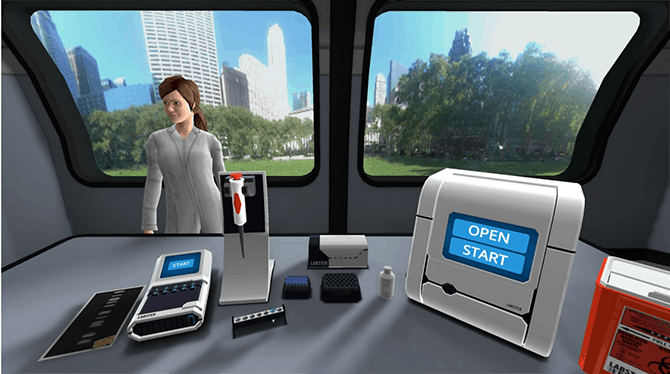
This was put on display during a recent talk I gave at TEDxCERN, which showed the amazing capabilities of immersive Gear VR technology applied to life science education.
Even Palmer Luckey, the founder of Oculus, believes in VR’s power to influence STEM students when he said at an event led by the White House last year, “It’s going to be really important for STEM education. Because kids don’t learn best from reading a book or looking at a chalk board.”
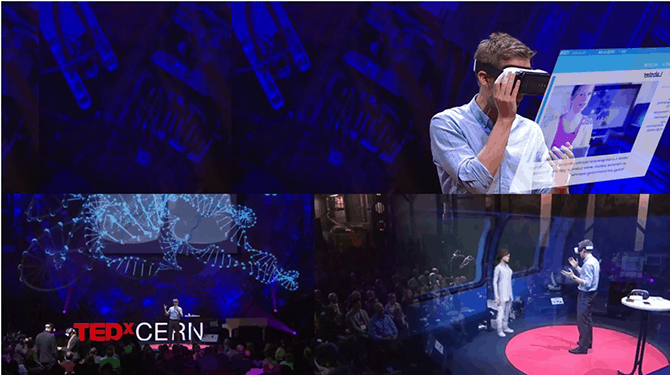
Whether it’s experiencing monumental historical events, or investigating a murder scene using advanced DNA lab analysis, virtual reality provides teachers with a new way of immersing students in new environments and improving learning outcomes.
For administrators and teachers looking to introduce their students to VR, I recommend starting with a Samsung Gear VR headset, which costs around $700 (right now). You can test various applications in classrooms and share the headset among multiple classrooms to introduce everyone to this exciting new technology. With the newfound affordability and accessibility of VR headsets, be on the lookout for the classroom adoption of new applications using VR technology.
For more check out:
- #YearInReview: The Best of 2015, 10 Predictions for 2016
- Smart Planet: 20 Inventions Boosting Global IQ
Michael Bodekaer is the co-founder and CTO of Labster. Follow Michael on Twitter, @Bodekaer.
Stay in-the-know with all things EdTech and innovations in learning by signing up to receive the weekly Smart Update.

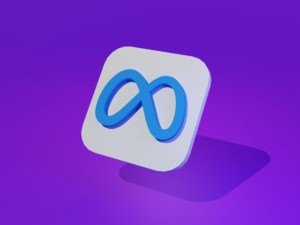
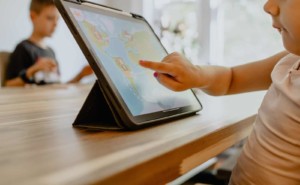


0 Comments
Leave a Comment
Your email address will not be published. All fields are required.